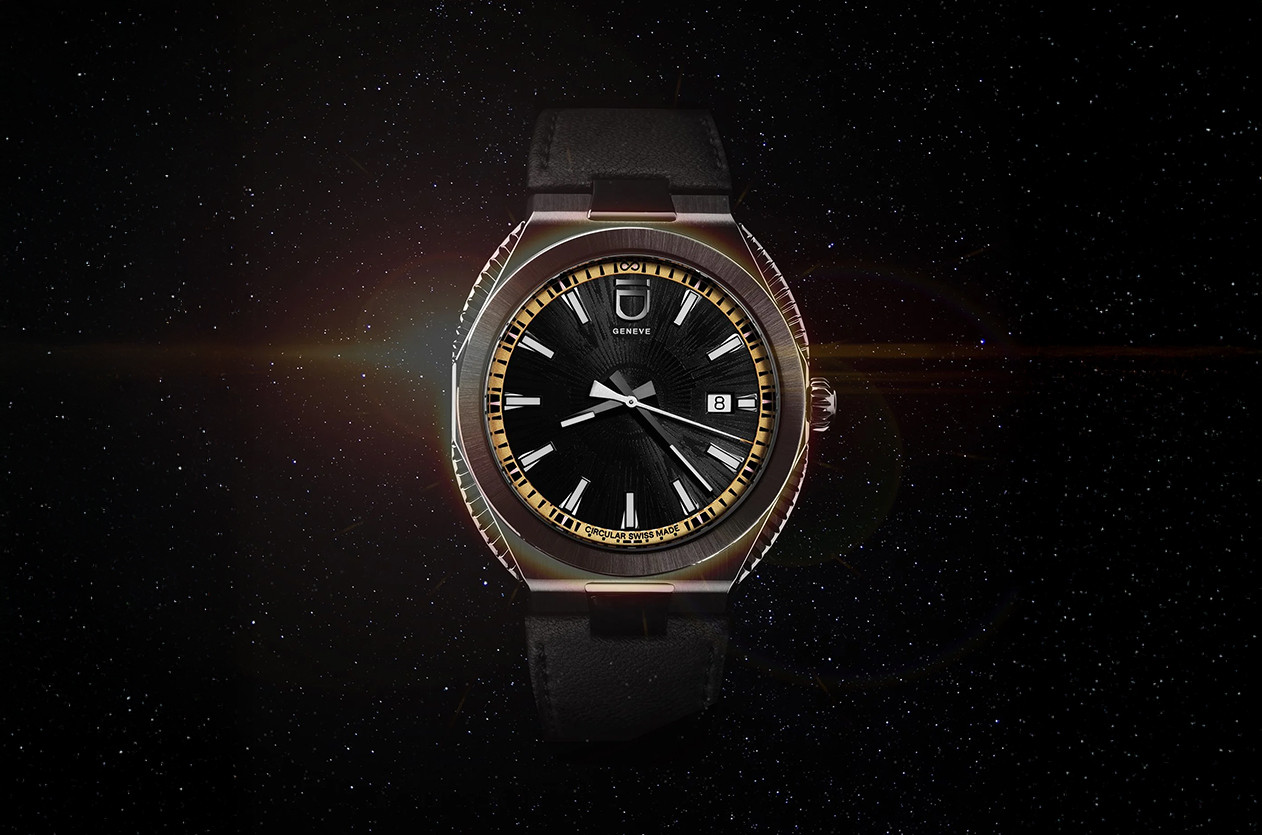
Introducing ID Genève Unveils the Circular S Eclipse
Welcome to the hub of the horoloy

In Paris, Louis Moinet took up the position of Professor of Fine Arts and dedicated himself to the craft of watchmaking. During this time, he collaborated closely with another renowned watchmaker, Abraham-Louis Breguet. Moinet's knowledge and expertise in the field of watchmaking culminated in the publication of his comprehensive work "Traité d'Horlogerie" in 1848. This treatise became a well-regarded reference in the watchmaking industry and showcased his in-depth understanding of horology.
Apart from his significant horological achievements, Louis Moinet was also recognized for his exceptional artistic abilities. He created extraordinary clocks that were sought after by prominent figures of his time. Some of his distinguished clientele included notable figures such as Napoleon Bonaparte, Tsar Alexander I, Thomas Jefferson, James Monroe, and others. The clocks he crafted for these illustrious personalities were considered works of art and are now displayed in prestigious museums, a testament to Moinet's artistic and horological legacy.
Among his inventions were a counter capable of displaying 60ths of a second and a jeweled escapement, which further showcased his technical prowess and innovative spirit in the world of watchmaking.
Louis Moinet's contributions to horology and his artistic achievements have left an indelible mark on the field of watchmaking. His invention of the chronograph revolutionized timekeeping, and his artistic clocks continue to be admired for their intricate craftsmanship and historical significance. Today, he is remembered as a pioneering figure in both horology and the arts, leaving behind a lasting legacy that continues to inspire watchmakers and enthusiasts alike.

Introducing Louis Moinet Unveils the Impulsion Titanium Green
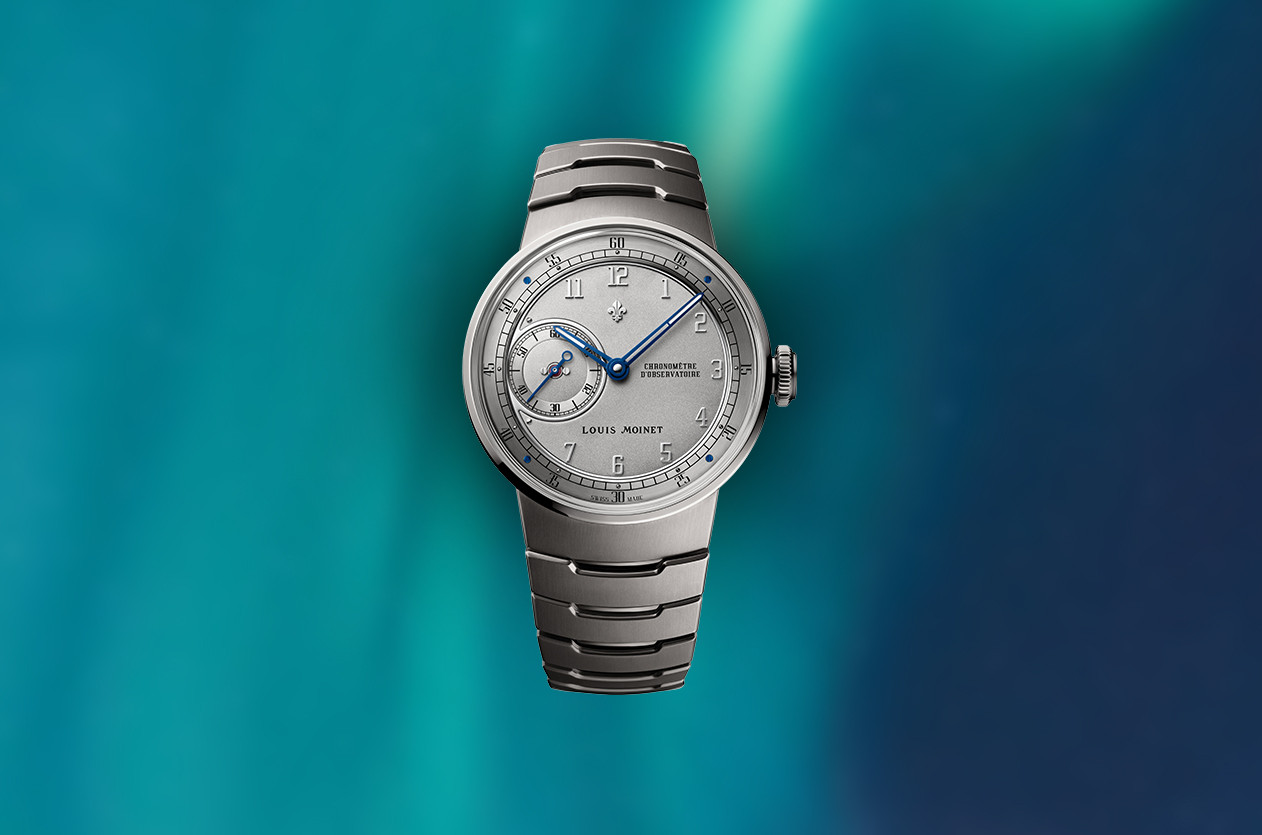
Introducing Louis Moinet Unveils the Chronomètre d’Observatoire 1806

Introducing The New Louis Moinet Time to Race RUSH and WHITE FUJI

Introducing Louis Moinet Releases the Limited Edition Starman
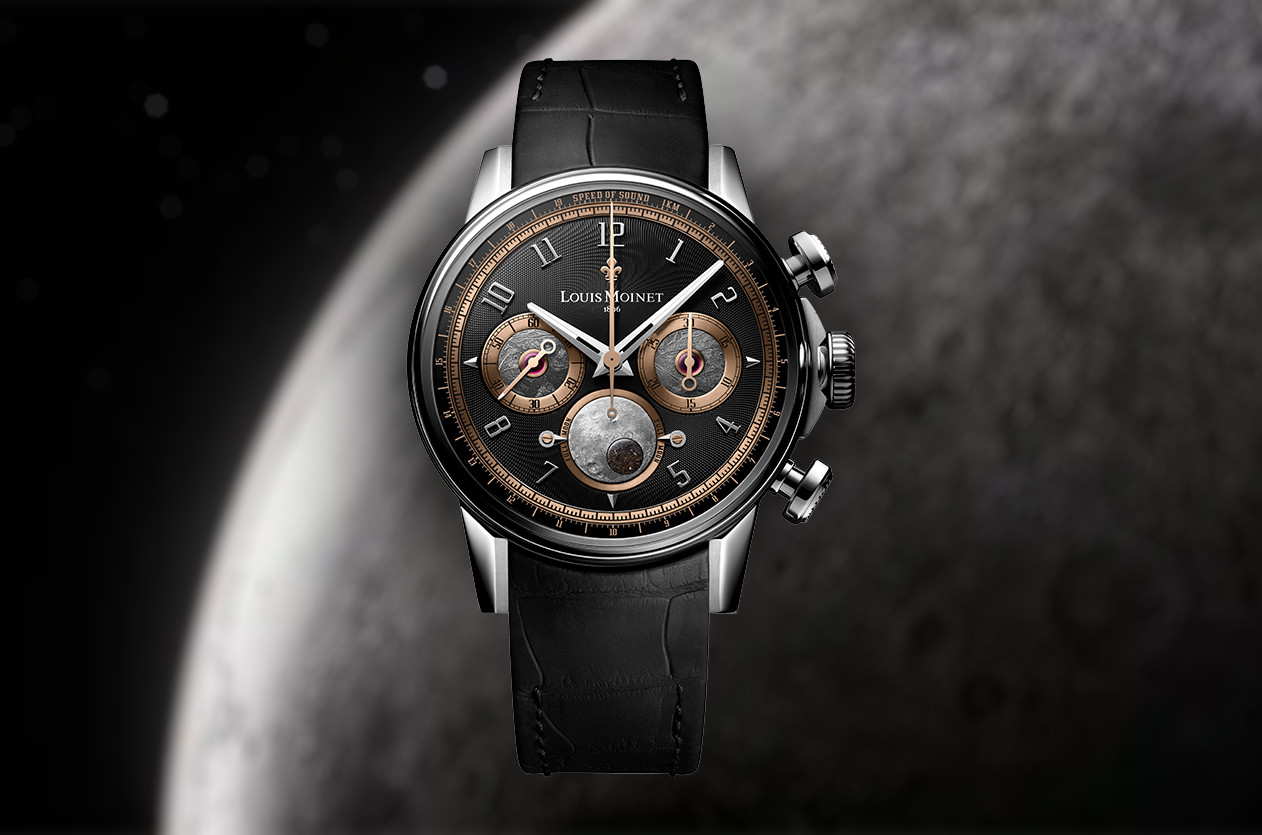
Introducing Louis Moinet Celebrates it 20th Anniversary, The Speed of Sound
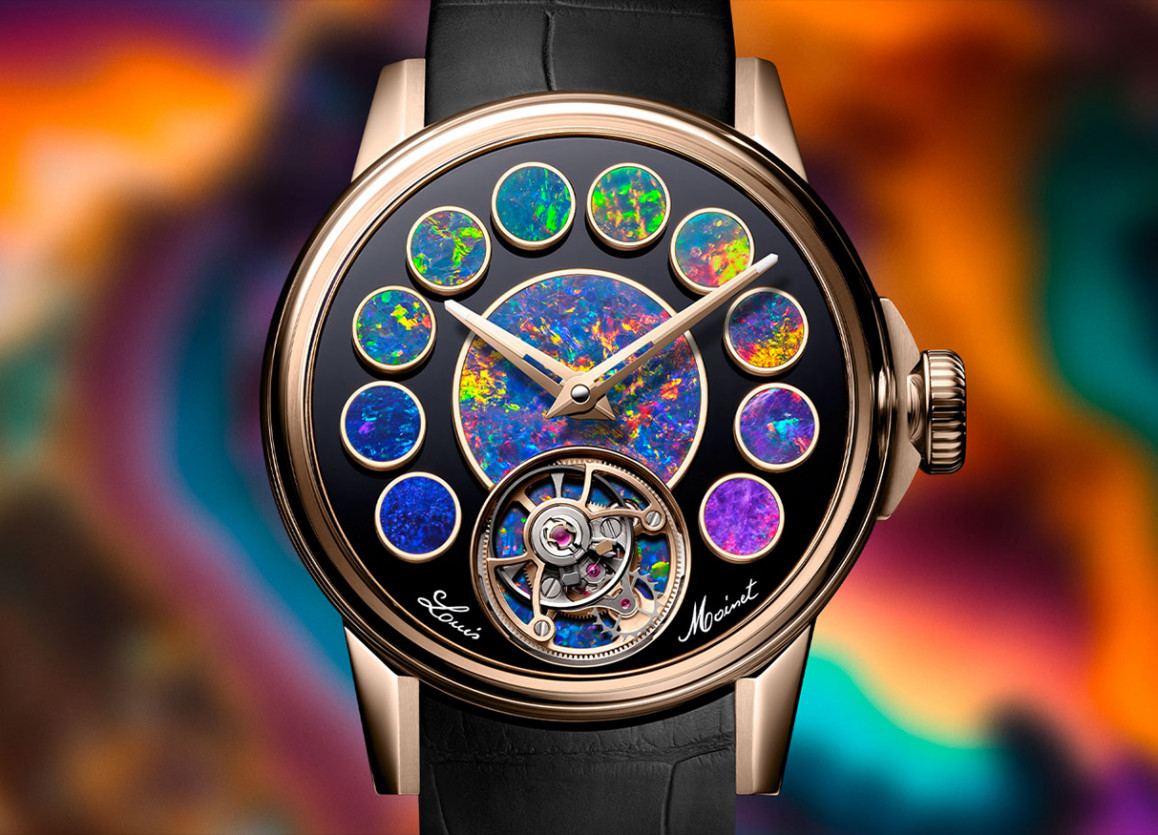
Introducing The Unique Piece by Louis Moinet, The Geopolis Opal

Introducing Louis Moinet Unveils The Unique Piece Astronef Techno

Introducing Louis Moinet introduces the Jules Verne Tourbillon “To the Moon”
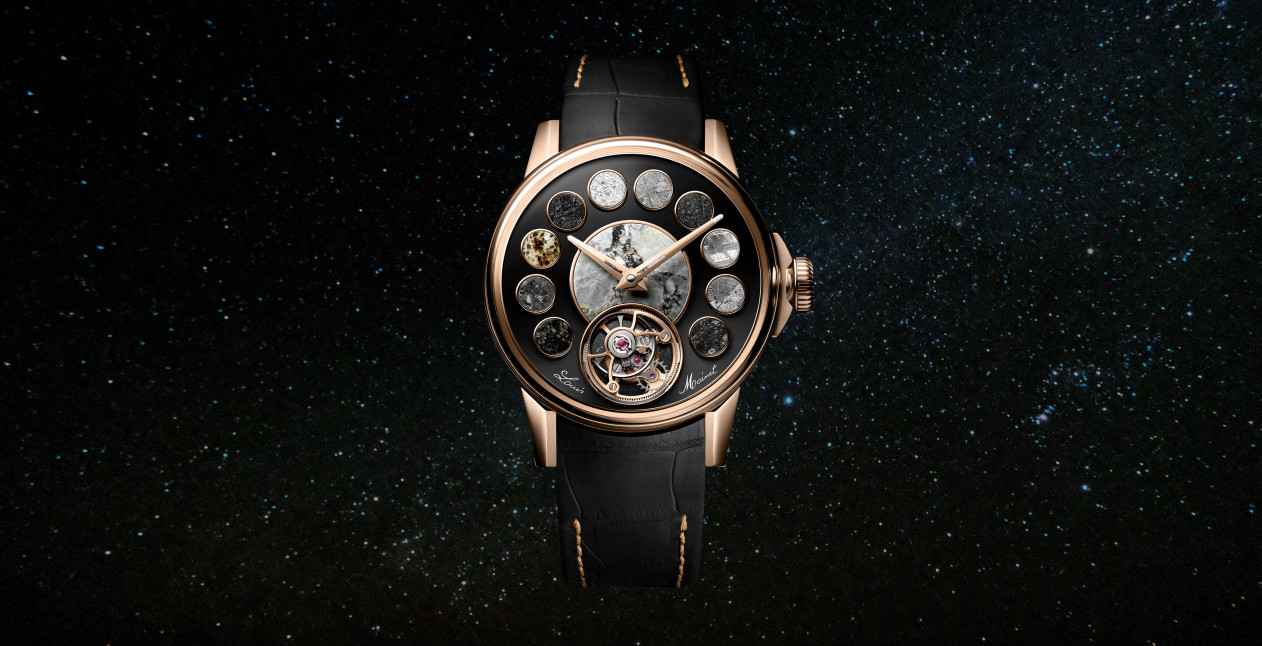
Introducing Louis Moinet New World Record The Cosmopolis Watch

News Dubai Watch Week 2025 Will Be the Largest Ever with 90 Brands Participating

Editorial The Secrets of Watch Case Design

Hands on Phillips Presents Universal Genève’s First Timepiece Following Its Revival

Technical The Frequency, Why It Matters in Mechanical Watches
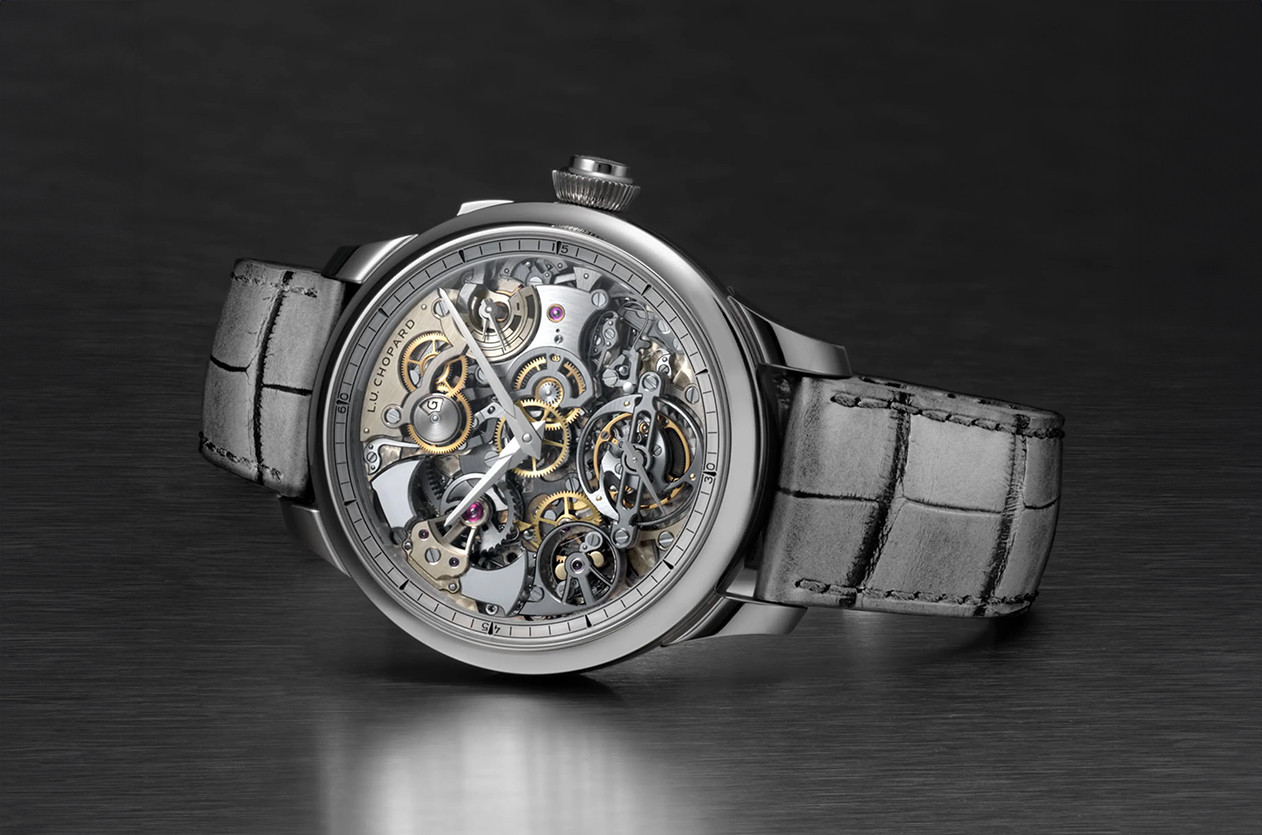
Introducing The New Chopard the L.U.C Grand Strike

Introducing Czapek Unveils the Time Jumper 10th Anniversary